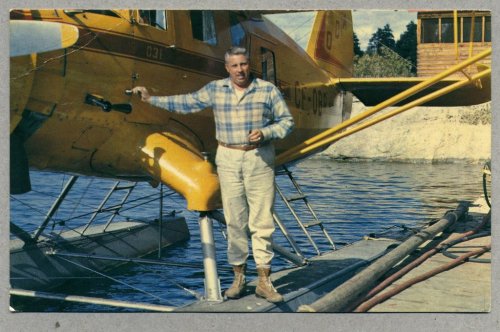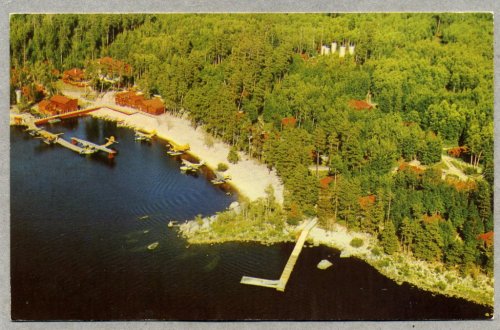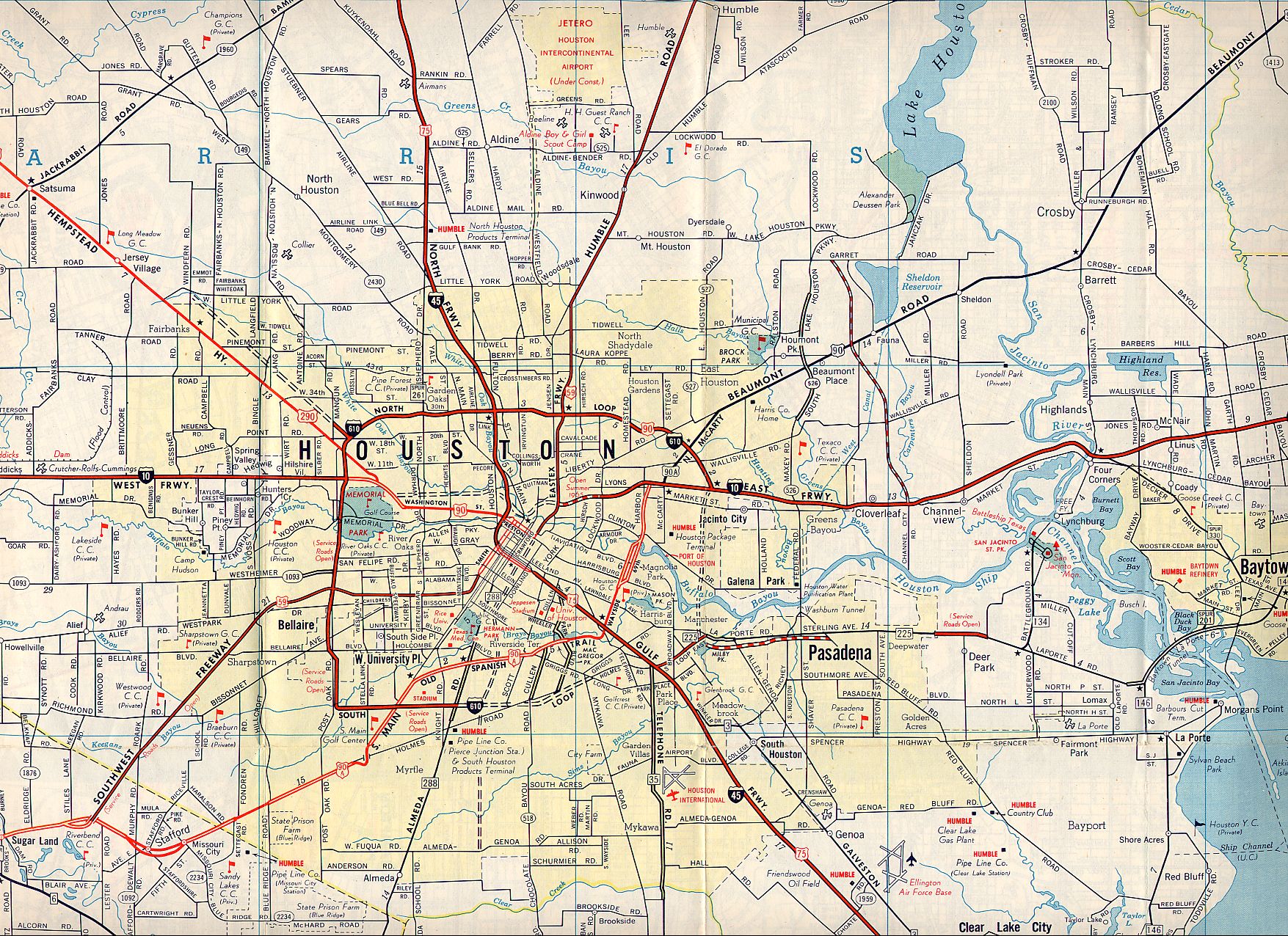A simple hack to improve Blue Ocean strategy?
Blue Ocean business strategies are directed towards the creation of a new market space that makes competitors irrelevant by creating new or significantly higher levels of value for customers, often while decreasing costs. It was introduced in 2005 by W. Chan Kim and Renée Mauborgne in their best-selling book, ‘Blue Ocean Strategy.’
I’ve been lucky. I never had to study Blue Ocean strategy; I got used to it, which is the best way to fully understand a complex and creative subject. Starting with my first employer back in 1966 and then throughout my business career most of the companies I worked for and all the ventures I helped launch were what the authors would call Blue Ocean businesses.
The first was Ball Lake Lodge, a fishing and hunting camp on the English River in the wilderness of Northwest Ontario, accessible by float plane only. I started guiding there when I was 15—at first an apprentice guide and camp laborer—and I continued working there for four summer seasons. Barney Lamm, the camp owner, realized the advantages he could create and pass on to his guests if he also owned and operated the float plane airline that transported his guests to Ball Lake Lodge from Kenora, the frontier town on Lake of the Woods that outfitted the camps in the region. Ontario Central Airlines (OCA) became the largest float plane operation in Canada, a great business in its own right, and its strategic impact on Ball Lake was enormous, creating advantages the other fishing camp owners couldn’t begin to approach, lifting Ball Lake Lodge into a category all its own.
Because he owned OCA, Barney enjoyed a radical reduction in his operating costs. All the supplies needed to operate a wilderness fishing camp must be flown in, everything from groceries to capital equipment, and that was very expensive for camp owners who had to pay a float plane operator’s transport charges to do that for them. Barney’s operating costs at Ball Lake were radically reduced because he could carry a large portion of his supplies on his planes that were paid for by his guests—he never transported gas drums or propane tanks with passengers, of course, but the cargo hold of nearly every flight was filled with groceries and liquor and camp store items and other needed supplies. This radical reduction in costs allowed him to provide higher levels of service comfort; he was now able to be extraordinarily generous in each inch and every minute of his guests experience and when your guests are in your care for food and lodging and fishing adventure for 3 or 4 days, there are lots of inches and minutes.
The most striking example of his generosity: every fishing camp I know of stocked rods and reels to sell as replacements if things go wrong for a guest but while those other camps would charge two or three times the ‘city rate’ for a rod, taking advantage of guests under the cover of transport costs, Barney sold such goods at the ‘city rate’ or less. I saw the delight in many a guest over the years when he discovered this was so.
Add to Barney’s determined generosity other features like the awesome Main Lodge with a pool table and a fully stocked bar and Ball Lake Lodge redefined a wilderness adventure experience with enough creature comfort that we attracted guests like John Wayne, a couple of the Getty Oil brothers, James Hoffa (such a regular that our most secluded cabin it was called Jimmy’s Cabin), Natalie Wood (I got to carry her luggage the summer ‘Bob and Carol and Ted and Alice’ was released) and Patrick Hemmingway, Ernest’s international sportsman son.
And those extra levels of comfort also attracted corporate clients looking to motivate and reward national sales forces or top distributors with a special experience; because Barney owned the only float plane airline with a flotilla a planes—a bunch of Norsemen and Beavers and a couple of Grumman Goose and at least one Beechcraft as I recall—he could provide logistical services for corporate clients that eliminated what would otherwise be a major impediment to a wilderness trip: moving large numbers of their employees safely, effectively, and efficiently. Every corporate group dollar spent on fishing trips in NW Ontario was Ball Lake Lodge revenue.
Ball Lake Lodge was declared the top fishing lodge in Canada by their industry association, Barney was an Ontario Business Man of the Year, and he was made an honorary chief by the Grassy Narrows and White Dog Ojibway, evidence his generous care extended to the men and women who worked for him.
And he loved to teach as he framed our work, and I would hang on his every word. For instance I learned of the importance of capitalizing the word Guests as an indicator, and as a promise, from Barney.
I started and worked for a number Blue Ocean ventures, including a text book publishing start-up, a couple of innovative marketing services agencies, and two pioneering cellular telephone companies. In each case we were successfully discovering new ways to shape the markets’ sense of value and then delivering that value like no one else could, resulting on us creating and owning new markets.
Finding and fishing these Blue Oceans and a half dozen more were immersive experiences for me—as I said, I didn’t learn the foundational ideas and concepts behind Blue Ocean strategy by studying them, I got used to them by living with them, applying them, continually refining them, and later teaching them. And from that perspective I urge you to reconsider the label that Blue Ocean applies to an underlying process. It could be of fundamental importance to your successful application of their methodologies.
As you prepare to lead your company on its journey of discovery of Blue Oceans the authors urge you to develop a Road Map. This is the tool that will guide everyone through certain prescribed steps you’ll follow as you abandon the Red Ocean your organization built itself to serve and journey to the Blue Ocean filled with challenging unknowns.
I believe that what I call something is important. It strongly influences or even defines how I will subsequently think about it. So calling this tool a Road Map, I fear, sets up less flexible, less dynamic, and therefore less effective thinking about the myriad complexities that lie ahead when leading the discovery of the best strategic changes for your enterprise.
A road map serves me as long as I know where I am and as long as I am following a specific and predetermined route, and only then. But of course the great portion of employees in larger corporations—the folks on the front lines for instance—often are confused about where they are.
They might, as the new week begins or the new project kicks off, have a clear understanding of what they intend on accomplishing over the next few days but then customers call and complain and make immediate demands and vendors let them down and fellow employees don’t deliver on deadline and a manager dumps an unexpected mess and by Tuesday they have been buffeted such that they are knocked off course and disoriented if not lost.
And if you don’t know where you are, a road map won’t be of any use.
There is a navigation device that is always useful, no matter where you are, no matter how confused you are: The compass. A compass always does one basic and simple thing, one powerful thing: it always points north.
I take a compass when I explore wild places I’ve never been before, not a road map.
I have been teaching what I learned exploring Blue Oceans, that when you have a great strategy to move your company in a new direction you must make clear what success looks like and declare it to be True North. Then provide everyone with the Company Compass that helps them locate True North so no matter where employees are and no matter how surprising an outcome, they can use the Company Compass to align their day in and day out decisions as close to True North as the situation allows.
When you have an organization of folks all leaning, in the inches and minutes of daily organizational life, towards your True North of success, you have a hundred victories every day.
So then what does that Company Compass look like?
I’ve not seen a compass as a multi-step process or an intricate management system that needs to be learned; a compass is so simple, so basic, we are all immediately expert practitioners.
You can say the same about Story as a technology. Story is the simplest and most basic knowledge management technology there is—it informs data and instructions with motivational meaning that guides us—and we have all used story as a tool since we were toddlers.
I view a Company Compass as a particular sort of story; it’s the aspirational story that leadership crafts. And an aspirational story:
-Is rooted in today’s best and most promising organizational truths that are suggestive of the new Blue Ocean direction you hope to explore.
-Illustrates what success at True North looks like.
-Illuminates the behaviors and activities it will take to get there.
And the Company Compass story is continually refreshed through celebrations of those new behaviors as they occur and with each new insight and knowledge the discovery of Blue Ocean reveals.
I’ve not seen a Company Compass as supplanting the important planning and milestone measurements that road maps promise and that every great voyage requires; I find the planning you do that serves the progress you are making discovering Blue Ocean is vital.
And if by chance you found yourself engaged in the quick inside look into Ball Lake Lodge, I have written two novels based on my experiences as a guide in NW Ontario. The first, ‘The 53rd Parallel’, was an International e-Book Best Seller for a couple of weeks the summer it was published. You can find more about it at http://carlnordgren.com/the-53rd-parallel-book/






